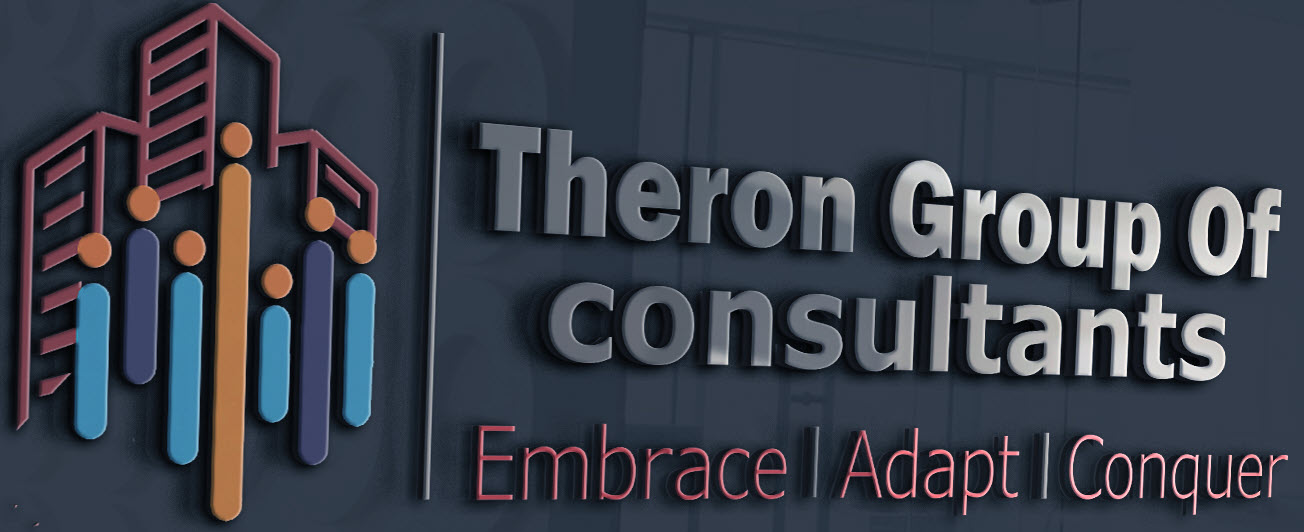 Types of Stakeholders
Types of Stakeholders
Directors and managers of the organization, need to be aware of the interests of stakeholders of the organization. Stakeholders are any entity (person, group, or possibly non-human entity) that can affect or be affected by the achievements of an organization’s objectives. It is a bi-directional relationship. Each stakeholder group has different expectations about what it wants and different claims upon the organization.
The definition above highlights the important point for both business ethics and strategy, that stakeholders do not only just exist, they also have claims on an organization. Some stakeholders want to influence what the organization does. Others are mainly concerned with how the organization affects them and may want to increase or decrease this effect. However, there is the problem that some stakeholders do not know that they have a claim against the organization, or know that they have a claim but do not know what it is.
Direct v indirect stakeholders
An organization will have direct and indirect shareholders, and we should know the difference between direct and indirect shareholders.
Direct Stakeholders
Direct Stakeholders make their demands themselves – in other words, they have their own voice.
Indirect Stakeholders
Indirect Stakeholders do not have a loud enough “voice”, or may have no voice at all … so their claims are represented by others (or may not be represented at all). Examples may include wildlife, the oceans, the ozone layer, planet Earth, children, future generations yet to be born, very small shareholders, very small customers. With indirect stakeholders, there is a potential form of the agency problem, in that those representing their views may not represent them accurately, either on purpose or because they simply cannot be sure (e.g. what are the views of future generations?!!!).
As such, stakeholders are likely to include:
- Shareholders
- Management
- Employees
- Customers
- Suppliers
- Regulators
- The local community
- The wider community, and planet in general?
Stakeholder theory
Stakeholder theory proposes corporate accountability to a broad range of stakeholders. It is based on companies being so large, and their impact on society being so significant that they cannot just be responsible to their shareholders. There is a moral case for a business knowing how its decisions affect people both inside and outside the organization. Stakeholders should also be seen not as just existing, but as making legitimate demands upon an organization. The relationship should be seen as a two-way relationship.
What stakeholders want from an organization will vary. Some will actively seek to influence what the organization does and others may be concerned with limiting the effects of the organization’s activities upon themselves.
Relations with stakeholders can also vary. Possible relationships can include conflict, support, and regular dialogue or joint enterprise. There is considerable dispute about whose interests should be taken into account. The legitimacy of each stakeholder’s claim will depend on your ethical and political perspective on whether certain groups should be considered as stakeholders. Should for example distant communities, other species, or future generations be considered legitimate stakeholders?
External & Internal Stakeholders
Internal stakeholders are those within a business (management, staff) whereas external are those outside (government, communities, customers). Internal stakeholders are likely to have more information, potentially greater interest, and potentially greater influence as a result.
Narrow v wide stakeholders
Narrow Stakeholders are those most affected by an organization – and this implies a moral duty of the organization to consider such stakeholders, and be held accountable to them. This class could include employees, the local community, dependent customers, and suppliers.
Wide Stakeholders would not be influenced by the organization so much – e.g. government, the wider community, smaller customers.
Primary v secondary stakeholders
Primary Stakeholders are those that have a major influence on the ability of an organization to survive and meet its objectives.
Active vs passive stakeholders
Active Stakeholders seek to influence an organization. This group may include regulatory authorities and pressure groups. Whether they are successful in their activities will depend on other factors (e.g. their power, and whether they are seen as legitimate – see below). King IV bases its principles and recommendations on the stakeholder-inclusive approach to stakeholder management. This stakeholder-centric approach states that the interests of the shareholders are interdependent and that the interest of the stakeholders has value for making decisions that are in the best interest of the company over time. The interest of shareholders may not necessarily be the most important interest that a company should consider when making a decision, as would be the case if one followed a shareholder-centric approach. Accordingly, the board has a duty to consider stakeholders as an intrinsic and central part of the company’s decision-making processes and how it achieves its objectives, considering the interests of stakeholders and shareholders together, in symbiosis, will further achieve the best interest of the company. In applying the stakeholder-inclusive approach to decision-making, management would also be discharging its ethical duty to consider the impact of its actions before taking a decision to further the objectives of the company. From here we are going to look at the various principles of good corporate governance.

